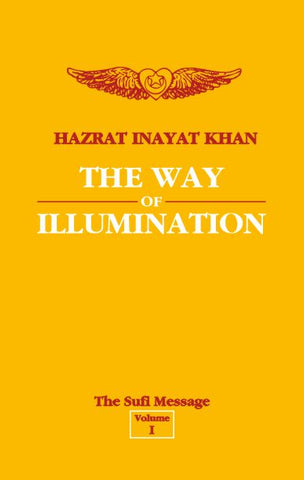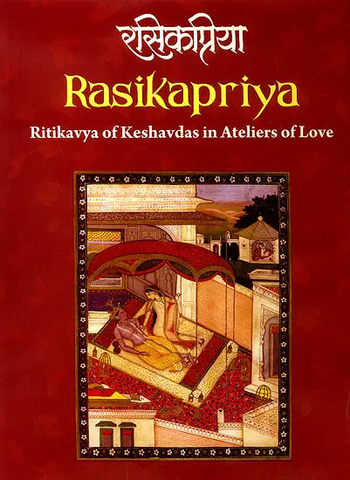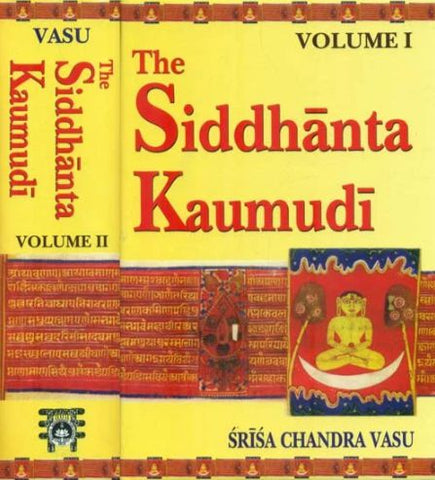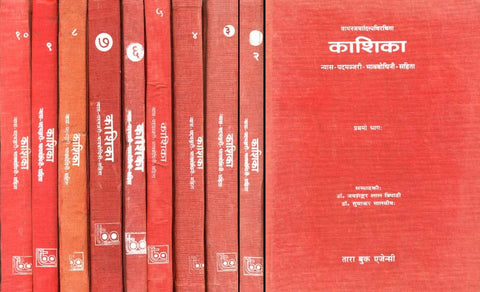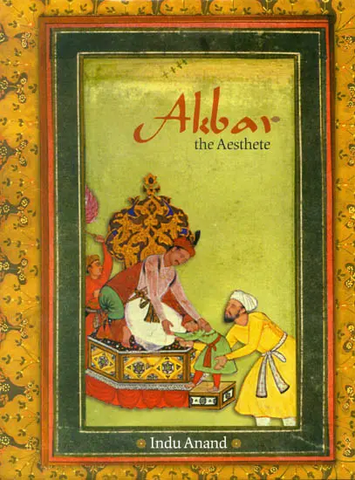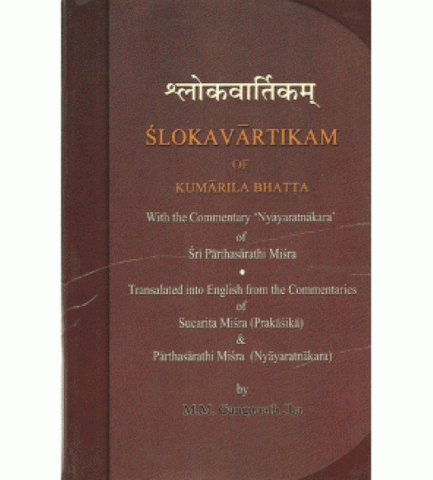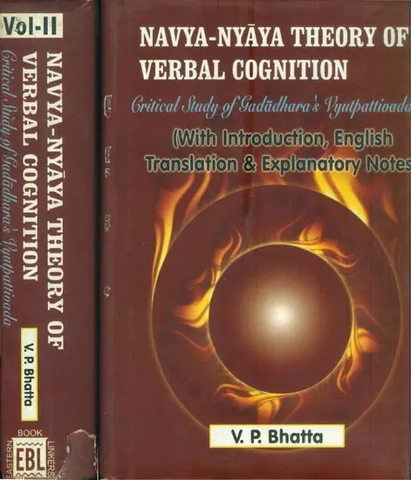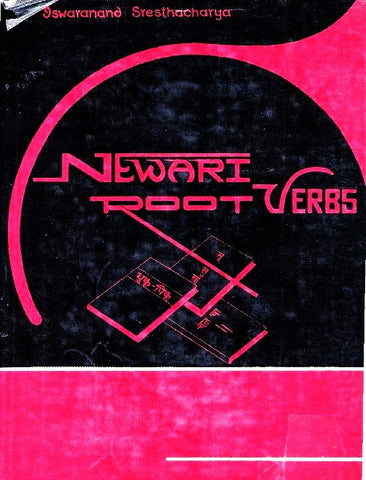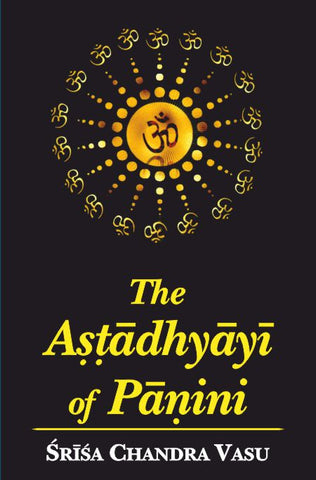Your cart is empty now.
The book is intended to be a companion handbook for Pali study and reference used alongside the English translation available in Volume 2.
Throughout the text, all Sutta (short grammatical rules), Vutti (explanatory sentences), Udaharana (applicable examples), Paccudaharana (inapplicable examples), and split-Sutta functions are clearly marked. An appendix on the formation of nouns and various suffixes is also included.
Pali is an ancient Indo-Aryan language that was spoken by the historical Buddha. Since the Buddhist scriptures were recorded in this language, it is considered to be the sacred language of Buddhism.
This book contains the complete ancient grammatical text of the Pali language which was used for centuries as a handbook for learning Pali. This volume has been prepared in a format that is accessible to n nuem poran- readers. Accordingly, it uses Roman and Devanagari scripts for the main body of the text with its Sutra (short grammatical rules) also shown in Thai. Sinhalese and Myanmar Scripts. Thus it will not only provide invaluable insight into the structure of ancient grammar and its unique contents but will also further make the study of Pali accessible to students from various language backgrounds.
A. Thitzana A is a Buddhist monk born in Myanmar (Burma). he studied both Pali and Buddhist texts over a period of more than thirty years. He hails from a strong background of learning and teaching. In this book, he skillfully presented the grammar of the ancient Pali language along with an English translation that is free from the complex nuances of linguistics and grammatical norms inherent in the ancient Indo-Aryan languages of Sanskrit and Pali.
Started in 2005 this translation is an academic work which will make the study of Pali and Buddhist studies more accessible thus benefiting all international students of Pali and oriental studies who wish to gain a more in-depth understanding of the structural dynamics and common patterns of the Palli language. This book is an exceptional translation that is well-suited for all contemporary students of Pali as it is presented in Rornanized Pali.
A, Thitzana has also written two books in Burmese on the study of Pali grammar. They are :
(a) comprehensive Manual of Pali Grammar Pali (Sukhavabodhini Vyakaranam)
This text of Kaccayana's Pali grammar is intended to be used as a companion to its English translation book. In fact, the study of English translation alone will be incomplete without its original grammar text in Pali as both of them can only enhance each other in the form of a handy reference and a practical learning aid for all students.
There are two versions of the Kaccayana Pali grammar text. One is a version of the French translation with accompanying Pali text published in 1871 by professor M. Emile Senart. The other one is a version of the Pali text widely used in Sri Lanka, Thailand Lao, Cambodia and Burma. Both versions are fundamentally similar to each other as there are no outstanding major differences in their contents. However, there are a few minor differences marked by the absence of two Suttas in the fourth section of the Nouns chapter of the latter. They are:
(a) Obhavo kvaci yosu vakarassa.
(b) Bhadantassa bhaddanta,bhante.
Besides this, in the earlier versions, there are no viggaha (EDs) of some examples of certain Suttas. But on the other hand, there are quite a number of EDs in the Kita and Unadi chapters of the latter version which seemed more copious and complete.
Despite such minor differences, both versions clearly convey the relevant grammatical message and the related grammatical facts.
The specific term of what is known and referred to as Pali was not an original term used in the ancient times of Lord Buddha. It was then known as "Magadhi or Saka Nirutti", meaning the language of Magadha or one's own dialect. Magadha is a kingdom so-named covering a wide swath of geographic area which is nowadays known as Bihar in India. Lord Buddha had chosen this language in his teachings of Dhamma as it was a, widely used and commonly understood language among people from all walks of life. How this term "Pali" came to be used and crept into all the literature associated with Buddhism is an interesting subject without any conclusive answer or any clue.
The inscriptions written in Pali dating back to the third-century B.c. have been found in Orissa, Bihar, Allahabad, Delhi, Punjab, Guzerat (Gujarat) and even in Afghanistan. According to numismatic records, Bactrian kings and the kings of the Nanda dynasty were found to have used Pali in their coins together with Phoenician characters. In light of such findings, it can be said that Pali as written characters, besides being a spoken language, had been in existence since the early sixth century B. C. There is no doubt that all-important proceedings in the early major Buddhist synod held after Lord Buddha's' passing, were conducted in Pali by the senior disciples of Buddha. This also attests to the existence of it as a major spoken language. The development of Pali as the main media of record of Buddhist canonical writings is a process which had evolved over a long period of time since the inception of Buddhism.
The term Pali means a row, a smooth array of some flowery arrangement. It is quite a relevant term as the language and its grammar are simple and easy to learn for any keen student who has patience, determination, and a strong wholesome devoted wish to bring oneself closer to the Lord Buddha and his noble words of wisdom. There are no complex technical terms and morphological procedures to learn and master it. Though it shares close affinity and ancestry with Sanskrit in terms of some shared grammatical element and linguistics, its grammatical system and structural linguistics is much easier to study. The simplicity of the grammatical system of Pali along with its simple terminology and plain morphological procedures are quite remarkable when one goes deeper into It Elmer as a student and a keen researcher. This is one clear advantage for any would- student in his learning process of an ancient Indo-Aryan language such as Pali.
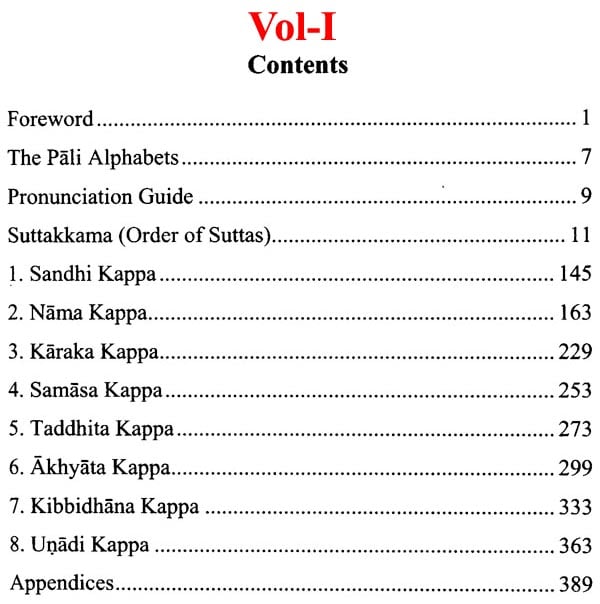

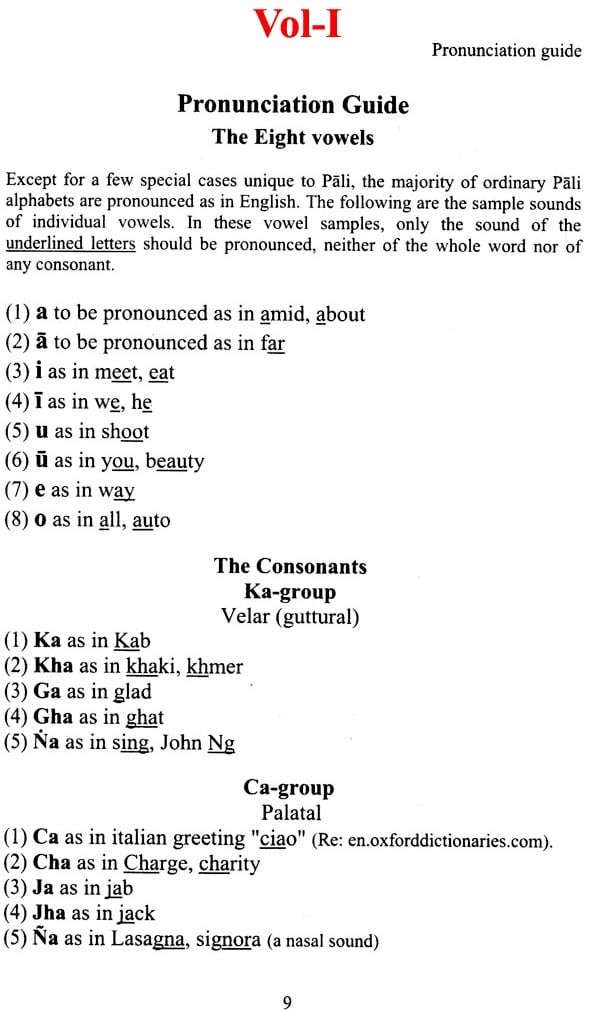
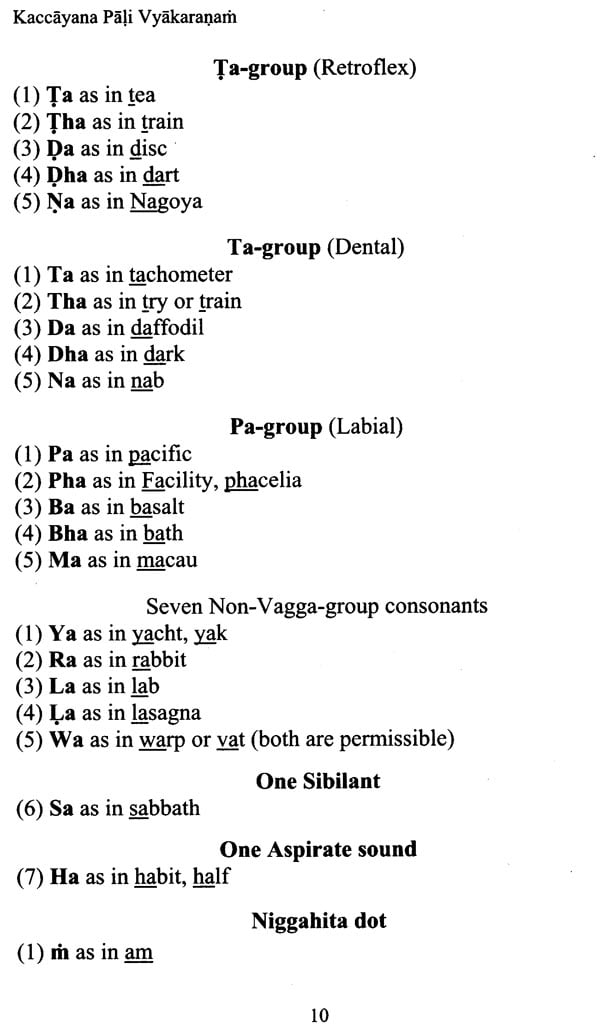



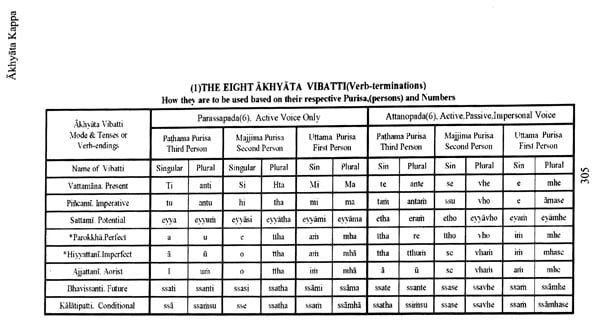

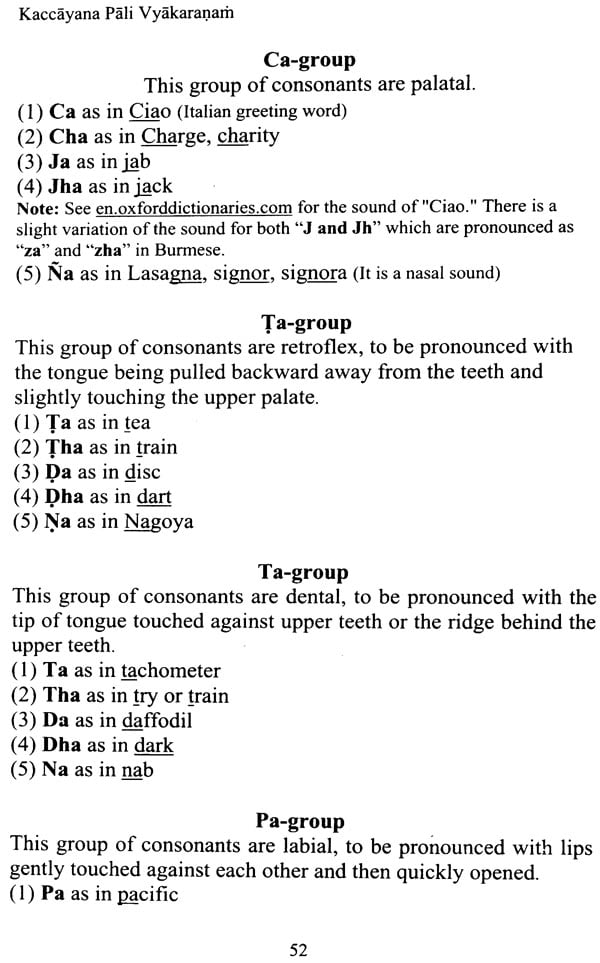


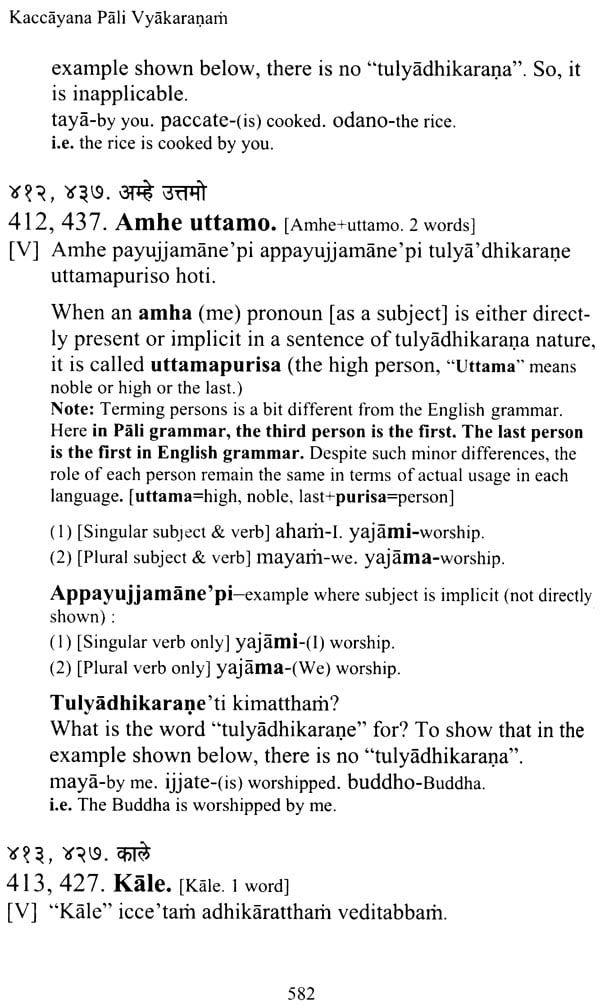


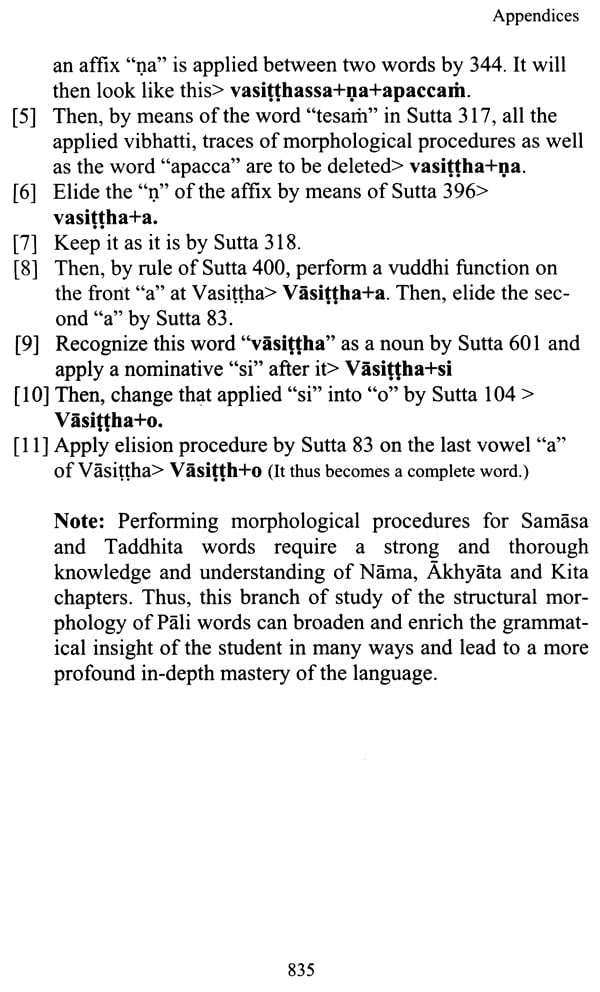
Delivery and Shipping Policy
- INTERNATIONAL SHIPPING
- Rs.1000-1100/kg
- ESTD. Delivery Time: 2-3 weeks (depending on location)
- Bubble Wrapped with Extra Padding
- NATIONAL SHIPPING
- NCR: Rs. 30/half kg
- Standard: Rs. 80/half kg
- Express shipments also available on Request
- ESTD. Delivery Time: Ranging from 1-4 days up to 7 business days (Depending on your choice of Delivery)
- TRACKING
- All orders; national or international, will be provided with a Tracking ID to check the status of their respective orders
- Depending on the Shipping Service, Tracking ID may be used on their respective tracking portals
Frequently Asked Questions (FAQs)
Domestic Shipping: 3-4 Days (after shipping)
International Shipping: 1-2 weeks (based on your location)
You will receive an email once your order has been shipped or you can email us if you didn't receive tracking details (info@mlbd.co.in)
Every book that we sell is the latest edition except all the rare books
Yes, we do provide free shipping, only on domestic orders (within India) above Rs.1500



